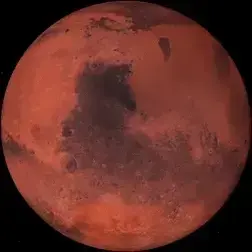

I have a grain of crack here for those who are interested.
You don’t need to do many calculations to see that the AI has gone slightly wrong. Since water covers roughly twice as much of the Earth’s surface as land does, lowering the oceans 1 inch should raise the land by about 2 inches, assuming that the volume of dirt isn’t changed by the process of moving it.
More precisely:
Area of the oceans = 361,000,000 km2
1 inch = 2.54cm = 0.0000254 km
Volume of dirt = 361000000 * 0.0000254 = 9169.4 km3
Area of land on Earth = 149,000,000 km2
Height of dirt spread over land = 9169.4 / 149000000 = 0.0000615 km = 6.15 cm = 2.4 inches
Not going to say how many Everests as estimates for the volume of Everest seem to be all over the place. But the point stands that it’s a huge amount of material making the idea somewhat impractical.










They must be thinking of this person https://www.youtube.com/watch?v=j2b-wTJ8x3E